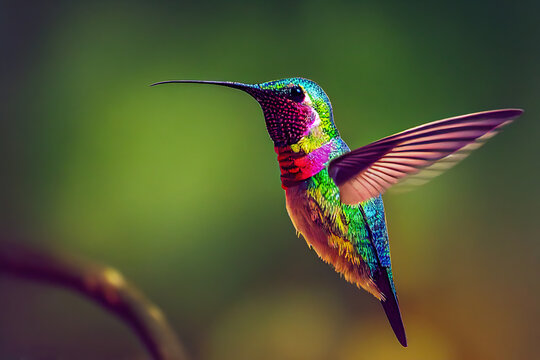A hummingbird is a brightly colored bird that is the smallest bird in the world. It is also the only bird in the world that can hover in one spot.
Made by Ishan Prabhu
*Some things have been animated like the line beneath this and the title, please hover over things to see what some of them do.
A hummingbird is a brightly colored bird that is the smallest bird in the world. It is also the only bird in the world that can hover in one spot.
(Citation number: 1)

Citation numbers: 2,3,4

The tongue of a hummingbird is used to extract nectar from flowers. The tongue is split into two tube-like shapes. Once the bill gets into the flower, the tongue extends, but it is still rolled up. When it touches the nectar, the tongue shoots out and splits to get under the nectar. As the hummingbird pulls its tongue back, the tongue rejoins to trap the nectar.
Citation number: 2

The second anatomical structure of this organism are the wings. The wings allow hummingbirds to fly. They do so by flapping their wings. The downward motion of their wings gives the bird lift, and the backward motion of their wings gives the birds thrust. Additionally, the birds can rotate their wings, so they rotate their wings forwards and then backwards. If they move their wings in a specific way, they can hover on one spot.
Citation number: 5
The hummingbird has a long beak because birds with special beaks to drink from a specific type of flower could survive because they could reach the nectar while others with different forms of beaks could not reach the nectar causing them to die out. As a result, hummingbirds have adapted beaks to drink from specific flowers depending on the types of flowers found in the biome which they live in.
Citation number: 6
First image: Adobe Stock
Second image: operationrubythroat.org
Third image: Nature's Way Bird Products
Background image form wallpapers.com